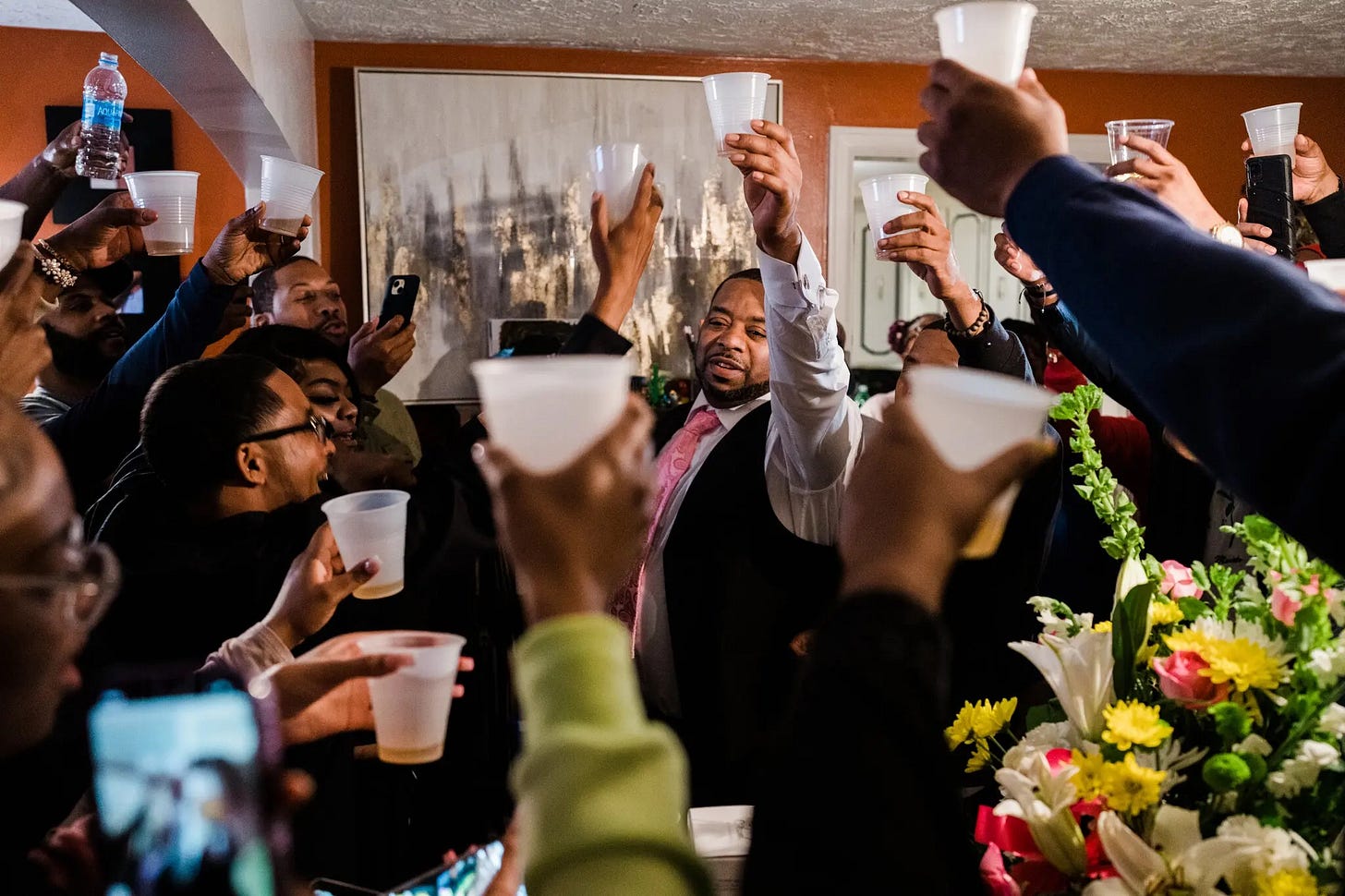The Power of Visual Storytelling: An Interview with Gabriela Bhaskar
Former New York Times Photographer Fellow shares her journey of curiosity and compassion
Storytelling has always been a part of Gabriela Bhaskar's life. Coming from a family of artists, she found her path by leaning into her curiosity. The grace and care that Bhaskar takes with each shot is palpable, and every image is a poignant display of emotion and human connection. Her work has been featured in The New York Times, Reuters, The New Yorker, and more.
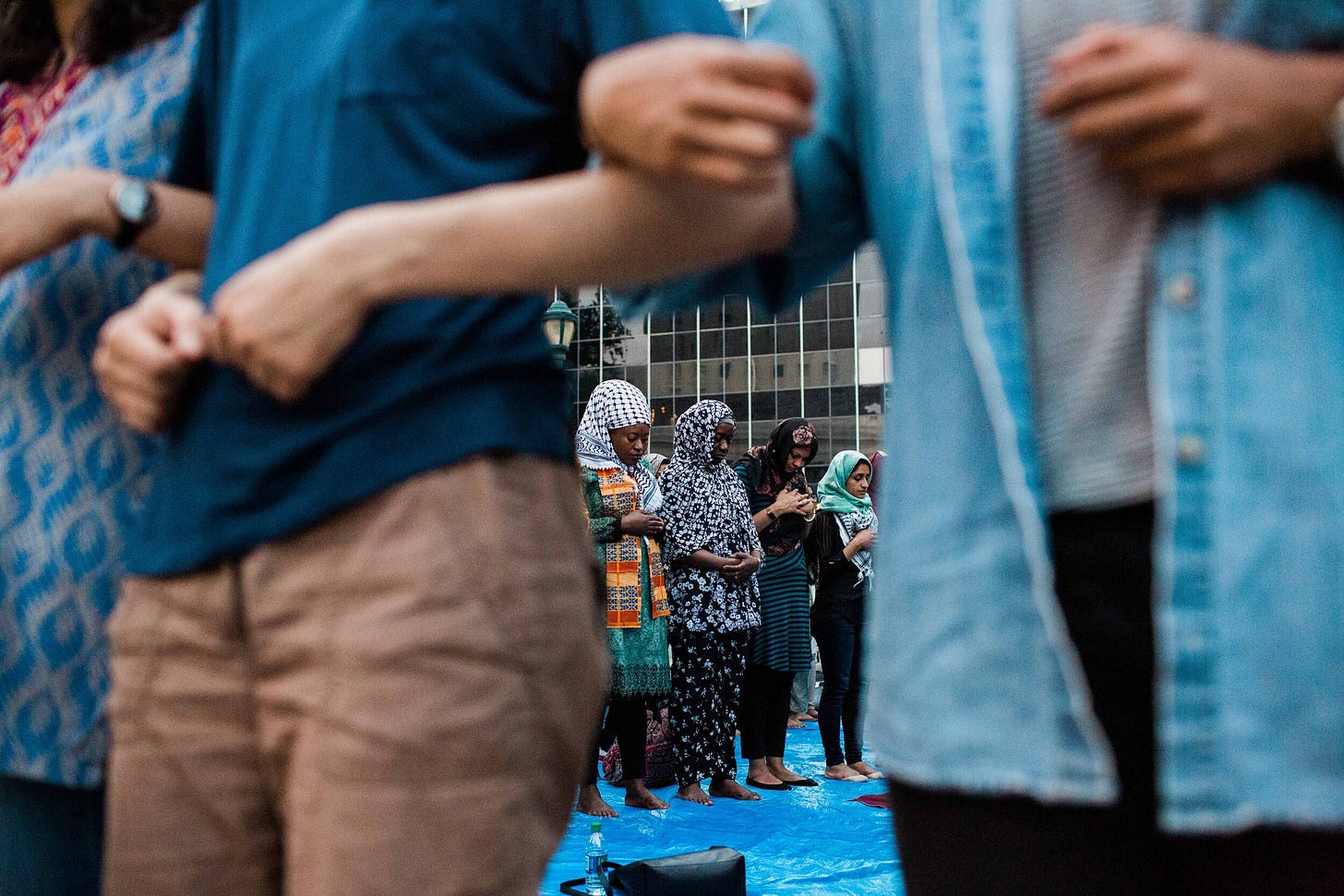
Bhaskar fell in love with photography early, first with a traditional point and shoot camera and later with a vintage SLR. In college, she majored in Architecture, the “responsible” art-adjacent major, but it was clear to her mom that her eyes (and camera) were tracking the people and their stories not the buildings around her.
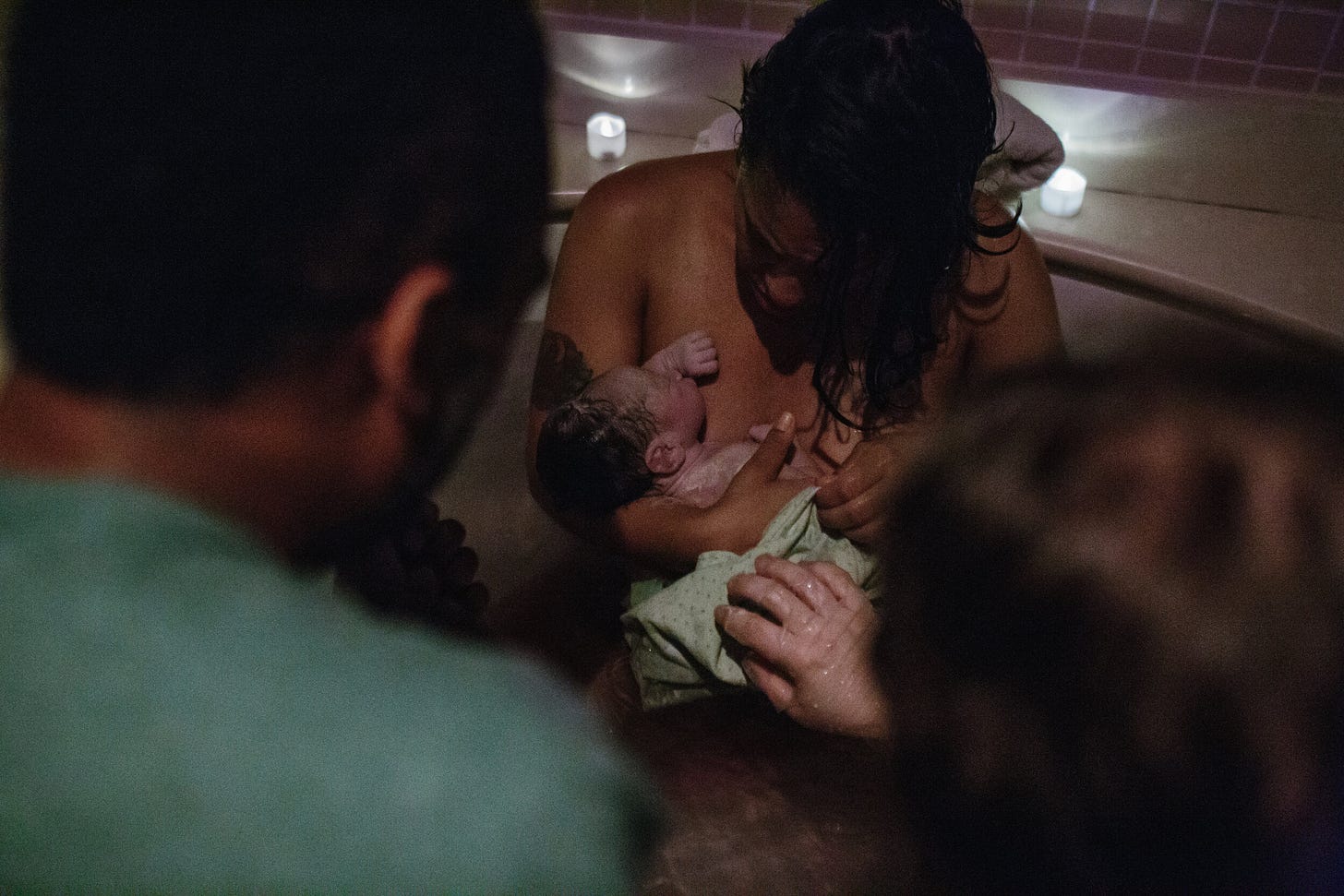
After graduation, Bhaskar worked in marketing and kept photographing on the side to hone her craft. Years later, when her husband was working on a project in Indonesia that touched on mental health, she argued that the topic was too taboo to address the same way one would in the West (Bhaskar was raised in Singapore and later moved to the States). As Bhaskar did more research into mental health in Indonesia, she came across stories about human rights violations against people who suffered from severe mental illnesses.
Her photography began to connect to storytelling and journalism, but she was wary of treading too far, "I was photographing that story and realized I don't really have the training to be able to navigate the ethical questions that are coming up," shared Bhaskar. "What is consent when somebody has severe psychosis and has been abandoned in a place forever...what is my responsibility to them?"


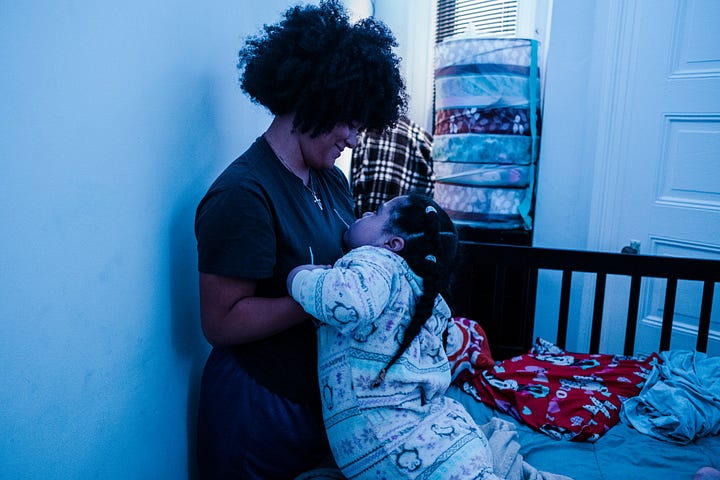
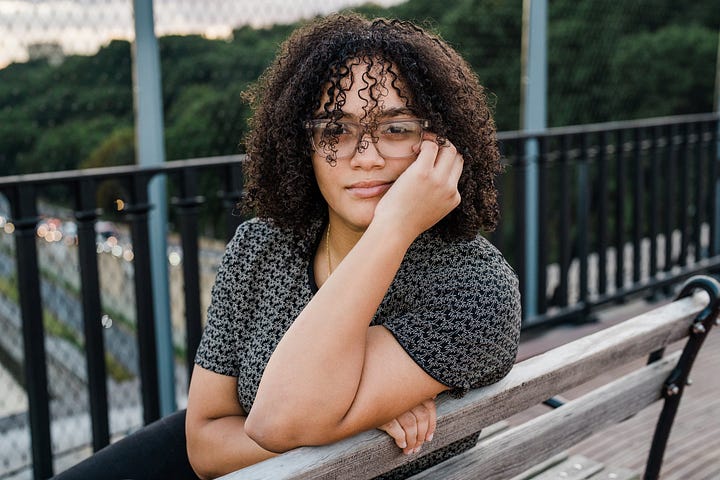
She knew there was power in storytelling and media, not just to synthesize information, but to provide the context of the people behind it. This led Bhaskar to go back to grad school to the Columbia School of Journalism. After graduating, Bhaskar was selected as a fellow for The New York Times where she focused on social justice, policy, and women’s issues. She worked on features including the impact of the pandemic on a NYC teen, women’s Afghan soccer team, and an abortion clinic in Florida.
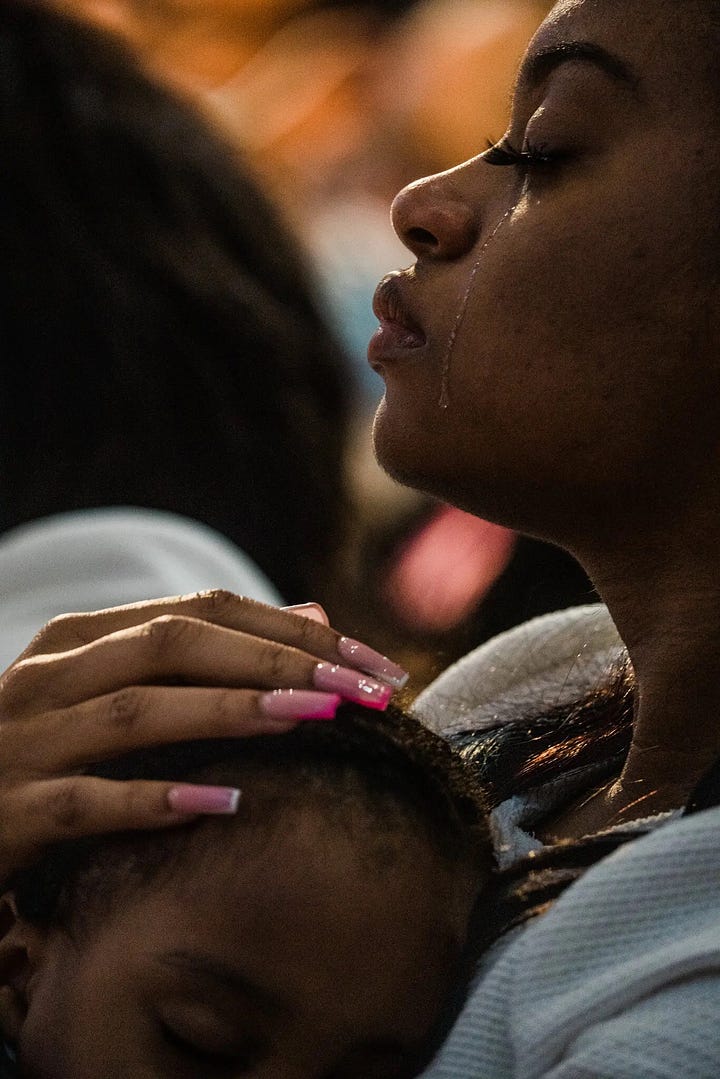
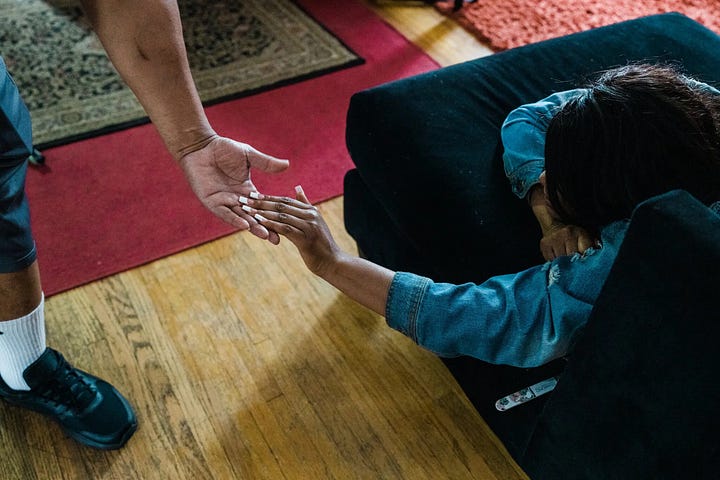
The most memorable feature, however, was the story of Celestine Chaney, one of the victims from the massacre at Tops Supermarket in Buffalo last summer. Bhaskar had mixed feelings about covering the story, “You realize these are individuals experiencing this immense amount of grief, but at the same time you also understand the national context of why what they are experiencing is important for the country to see.”
Bhaskar had also recently lost her grandmother, and she believes that experiencing grief while covering it made her a better journalist. The work also crystallized the ethos of the art, "One of the things I think about is, who are we serving? I'm serving the public and I'm serving the people that I'm documenting. I don't necessarily focus my work on powerful people, but the results of policy that powerful people make."
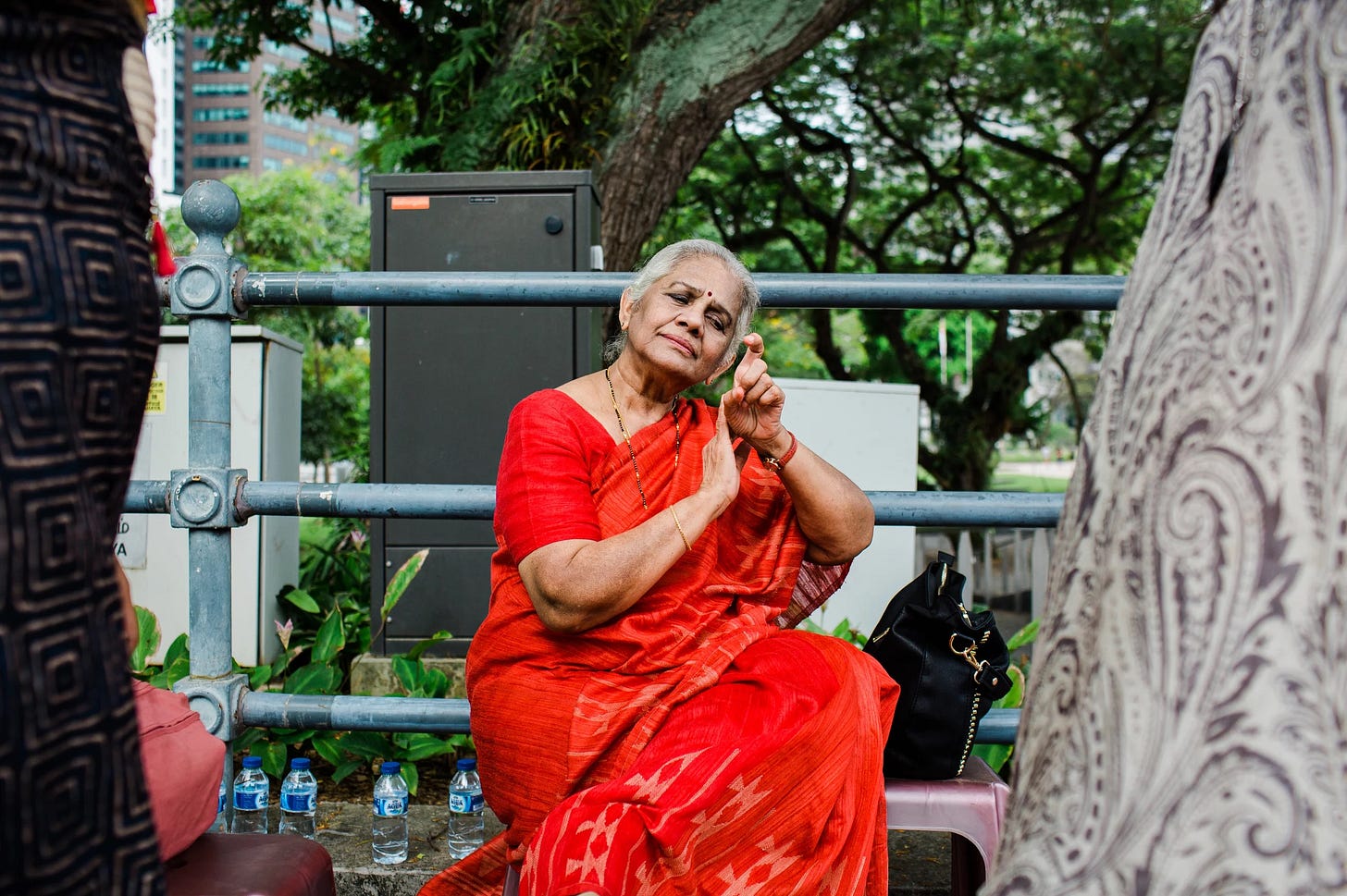
In addition to her work reporting, Bhaskar is exploring her own story, looking to connect her formal Western visual training to the world of magical realism, oral histories, and Classical Indian dancing of her heritage. She is also working on a book looking at the South Asian community and the role that dance plays in girlhood, across gender, caste, and religion. The merging of these worlds through Bhaskar’s sharp eye and deep empathy will definitely be one to watch.
Thank you Gabbie for the time and interview. Follow her @dontgabalot




